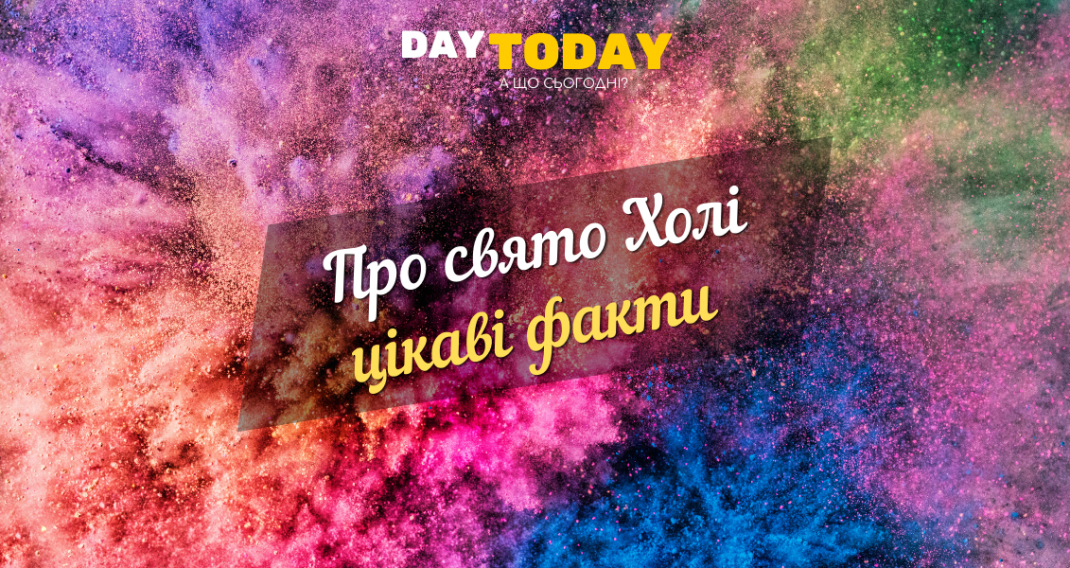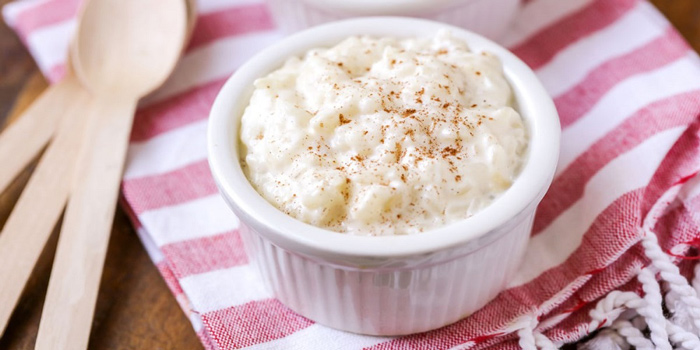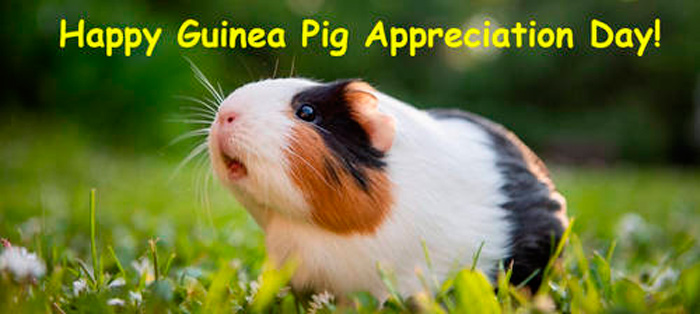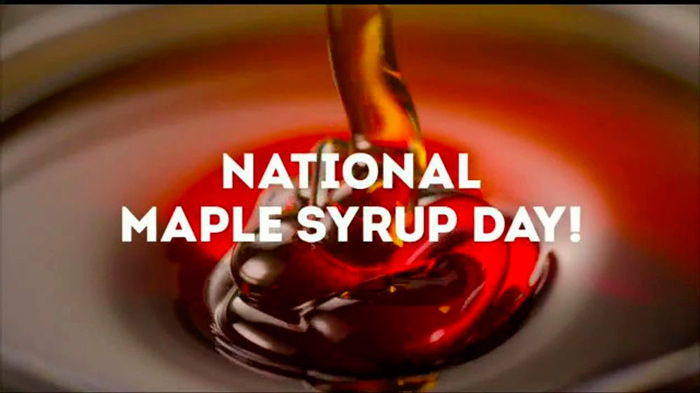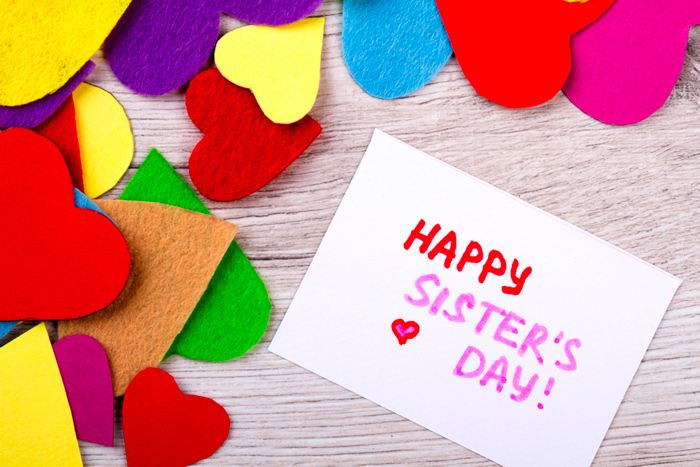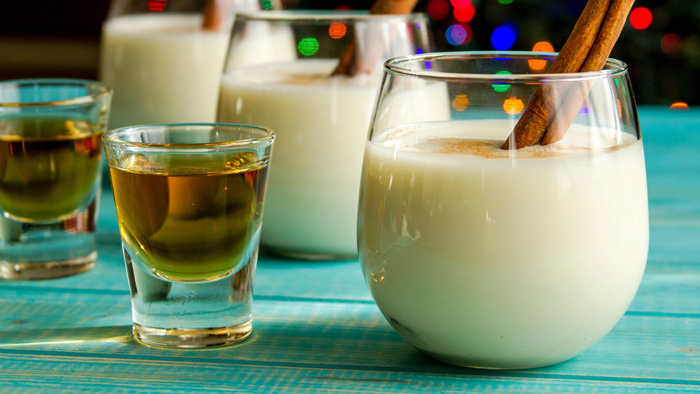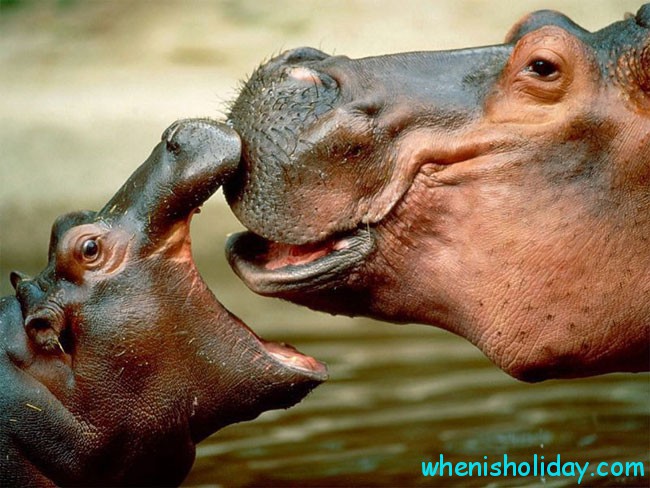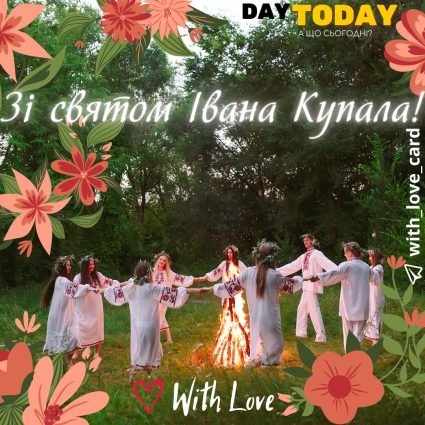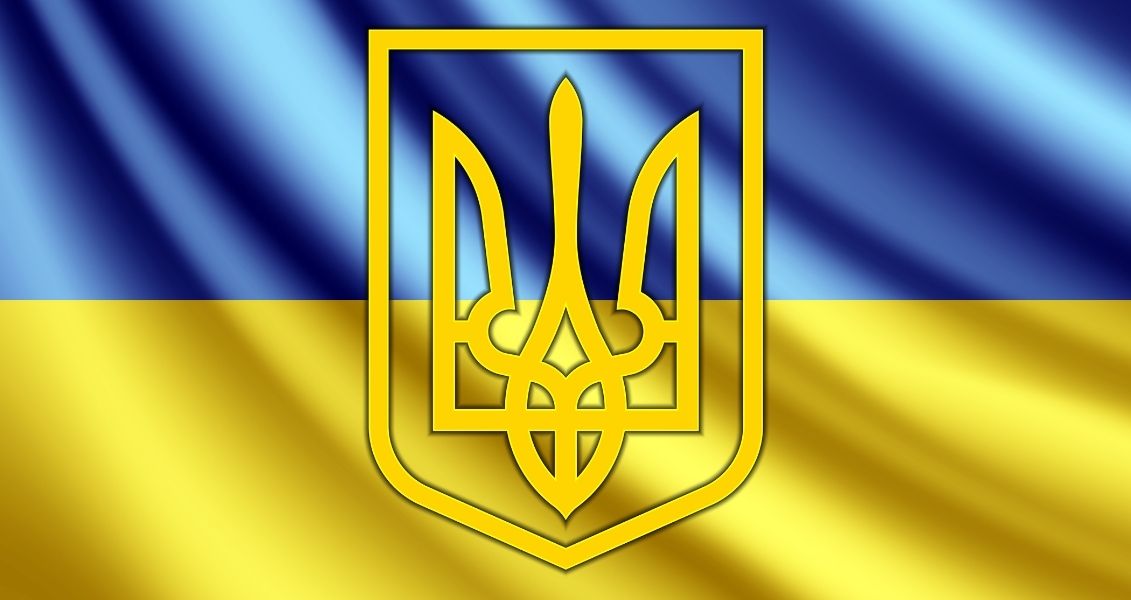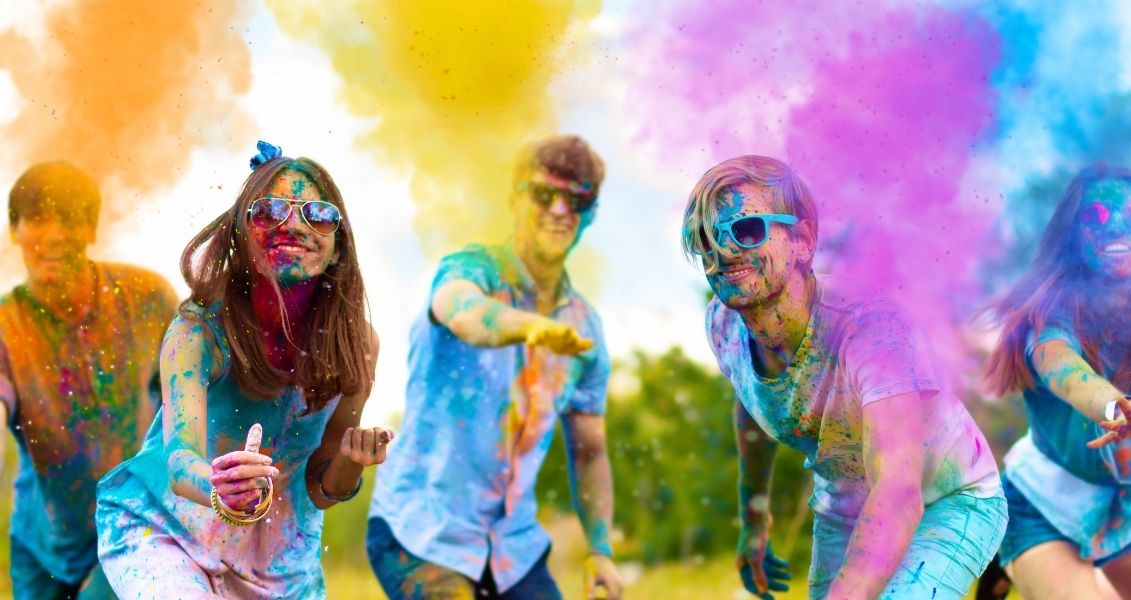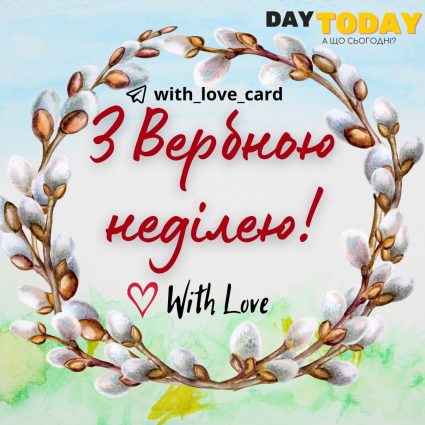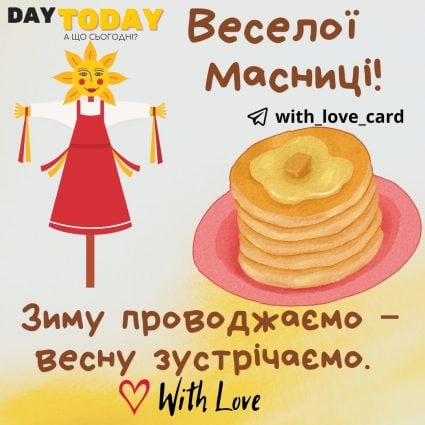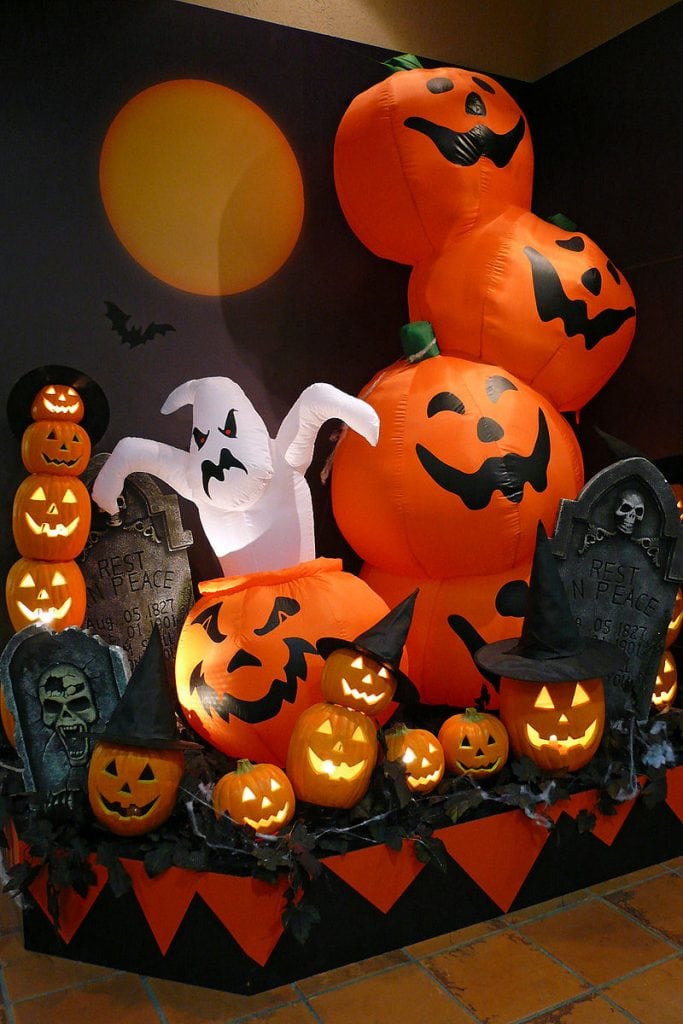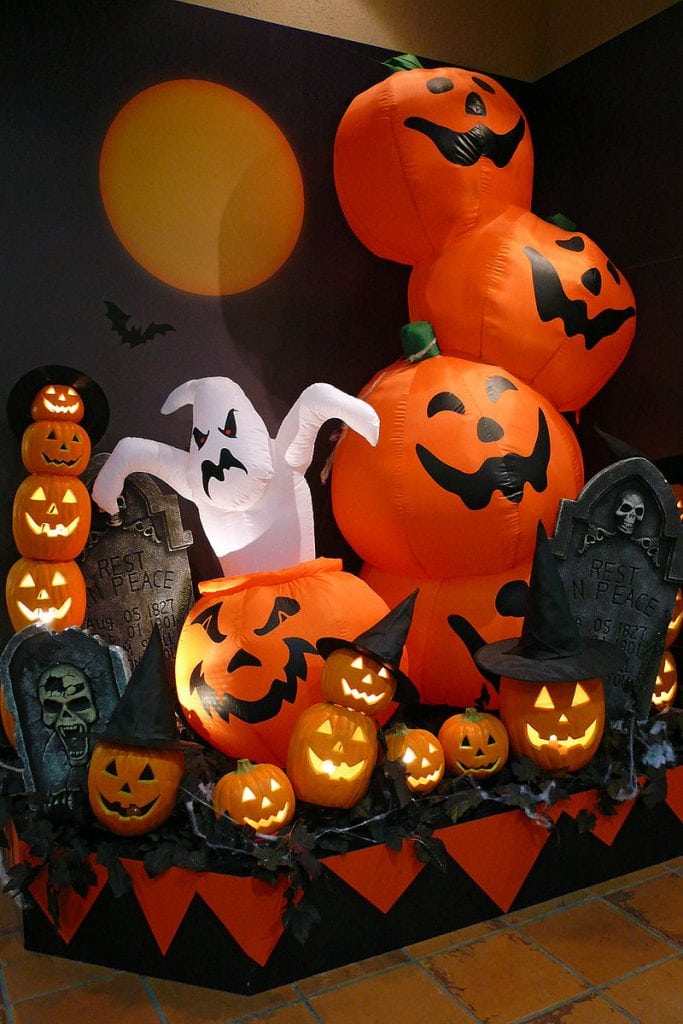- Holiday begins with the burning of an effigy of Holiki. According to legend, this demoness took her nephew Prahlada in her arms and sat in a fire, intending to burn him for worshiping the god Vishnu. The secret of the goddess was in a fireproof cloak, which was supposed to protect her from fire. However, the cloak flew off her shoulders and covered the boy. The executioner and the victim switched places.
- Color is a symbol of equality. Paints make everyone equally dirty, irrespective of religion and caste. On the other hand, the variety of colors is a tribute to the colors of spring, and colored water symbolizes fire.
- Colored powders are made from medicinal herbs. They are not only safe for health, but also help fight the spread of various pathogenic microorganisms that become active at the beginning of spring.
- First people on Holi smeared the body with ashes, which remained after the ritual burning of the effigy. Gradually, the ashes began to be painted in different colors, and then replaced with multi-colored powders.
- Traditionally for the holiday prepare a special drink “Tandai”. For this, milk, honey, almonds and spices are used, and the top is decorated with “bahang”, which contains a small amount of marijuana. It is interesting that the drink should be served only chilled, but ice cannot be added.
- In addition to showering each other with colors, this holiday conduct water fights. For this purpose, water guns or balloons are filled with colored water. Established in some cities throw flower petals at others.
- Traditional dishes on Holi are papri, gujiya, sivba and sakinalu. Papri – crispy fried waffles, on which boiled chickpeas, potatoes, yogurt and sprinkled with chili pepper are laid out. Gujiya – sweet dumplings with dried fruits, nuts or evaporated milk. Sivba is a crispy noodle made from chickpea flour, and sakinalu is a rice flour cookie twisted into a spiral.
- Nepal has its own traditions of celebrating Holi. In Kathmandu, a bamboo pole is set up, to which colorful strips of fabric are tied. Later, it is burned on the pyre. And in addition to colorful ribbons, Nepalese people throw water balloons at each other “lol”.
- It is believed that the more different colors fall on a person, the more the gods shine their blessing on him. Therefore, people try not only to fall under the “color rain” themselves, but also to pollute others more, wishing them well from the bottom of their hearts.
- Holi is celebrated in many countries, despite the disapproval of representatives of Christian and other religions. However for most participants, the holiday is an occasion to have fun, without thinking about religion. The time of celebration is also different. In countries with a temperate and cold climate, they are postponed to the summer months.
More interesting facts on our “Planet of Facts” in Telegram. Join in!
It was interesting❓ Share with your friends! 👇
